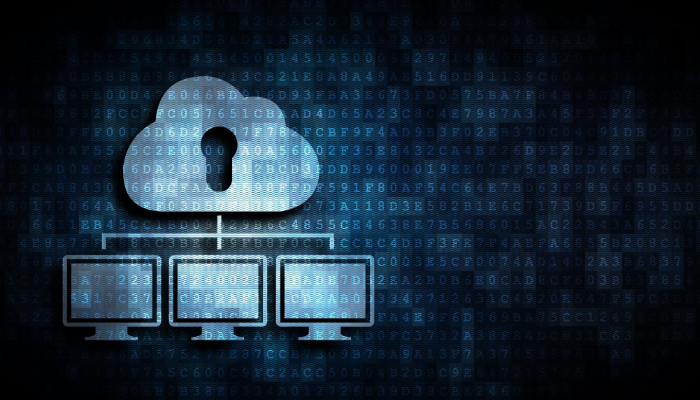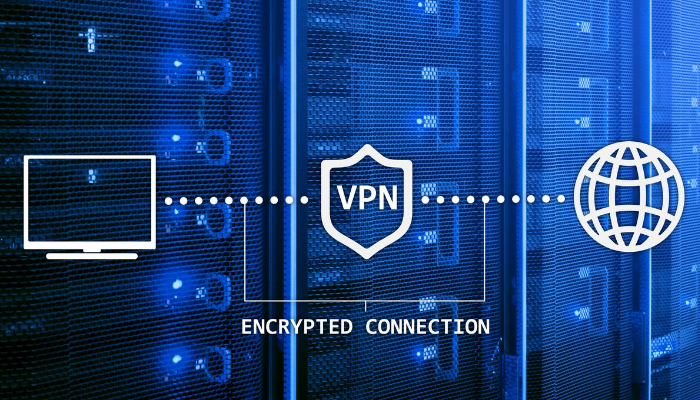
The growing trend of remote working brought upon the COVID-19 pandemic has spurred many organizations to look for remote working solutions. Ideally, these solutions should offer secure access to corporate files from remote devices.
Because employees and staff are now accessing files from locations outside of the traditional workplace, remote working security has become a hot issue.
If your employees are working remotely, it’s nearly impossible to make sure that each employee follows the proper security protocols when accessing corporate files from their homes. That includes connecting to safe networks at home, using strong passwords, and practicing good cyber hygiene when checking for phishing emails, and so on.
In this blog, we will explore the main types of solutions that offer remote access for organizations and employees and why certain remote access solutions may work better than others for your specific organization.
1. Remote Access Software
Remote access software allows employees to connect to their remotely-located corporate desktops and PCs. This kind of software works by creating a connection between the local and host devices and therefore require installations onto every device.Much remote access software comes with desktop sharing and file transfer capabilities; however, not all. For example, Chrome launched Chrome Remote Desktop as a way for users to securely access any computer from any device, including another computer. Still, it has no built-in file transfer functionality.Depending on the remote access software your organization may implement, consider the fact that you may also face the following security and performance concerns:
- Potential eavesdropping by malicious actors – as information and data travels over the public internet
- Firewall rules required if you’re using in a locked-down network to open certain ports
- Slow or frozen connections when you consume too much RAM at once
- Data manipulation – if someone gains access to the device
- Potential downtime due to constant security patches
- Unauthorized access to data or systems
All of these are valid reasons for concern, so depending on your organization’s security needs, make sure you are getting the most of your remote access software of choice. And perhaps look for a solution that offers tighter security controls.
2. VPN (Virtual Private Network)
 Unlike remote access software, VPNs provide remote access by allowing your employee devices, including personal devices, to become part of the corporate network. While a VPN creates an encrypted channel between the server (your network) and client (employee PCs/devices), there are some security risks if you lack proper user authentication. Other potential security concerns arise from an insecure VPN or VPN incompatibility with your network. With a VPN, employees can securely move their data as if they are in the office.However, Many business VPN users many experience unstable connections. Therefore, organizations should look for reliable business VPNs that offer the following features:
Unlike remote access software, VPNs provide remote access by allowing your employee devices, including personal devices, to become part of the corporate network. While a VPN creates an encrypted channel between the server (your network) and client (employee PCs/devices), there are some security risks if you lack proper user authentication. Other potential security concerns arise from an insecure VPN or VPN incompatibility with your network. With a VPN, employees can securely move their data as if they are in the office.However, Many business VPN users many experience unstable connections. Therefore, organizations should look for reliable business VPNs that offer the following features:
- Dedicated servers: Unlike personal-use VPNs that connect to a shared server, and therefore slow down connections, business VPNs usually offer a dedicated server to prevent slower connections for your employees.
- Admin functions: Almost every business VPN allows system admins to control your employees’ connections and implement company-wide settings for a more streamlined service.
- Scalability: Business VPNs should be able to scale to your organization’s needs. For example, if your company is suddenly experiencing a massive surge in employees working remotely.
Sometimes, in an attempt to increase VPN scalability, organizations may find that scalability can compromise security when using split-tunnel VPNs. (In split-tunnel VPNs, all traffic is routed through the encrypted tunnel to the VPN endpoint. Some connections might be established through a VPN and some might not. This can also create additional points of entry for potential hackers sniffing around your network). As a result, your organization may need to explore business VPN alternatives to allow employees to securely access corporate files.
3. Enterprise Remote Desktop Solutions
 Remote desktop solutions for enterprises give your system administrators the ability to control what exactly your employees can access on the corporate network.Like a VPN, these kinds of solutions typically require manual set up and download installation on every connecting device (i.e client-side). Remote desktop solutions like Remote Desktop Protocol (RDP) and TeamViewer allow you to set up a remote work environment where employees can connect to work computers. When properly set up, users can then connect to business applications and access files from nearly every device. When your employees connect, everything “looks and feels” as if they are sitting at that desktop. Of course, there are downsides, including:
Remote desktop solutions for enterprises give your system administrators the ability to control what exactly your employees can access on the corporate network.Like a VPN, these kinds of solutions typically require manual set up and download installation on every connecting device (i.e client-side). Remote desktop solutions like Remote Desktop Protocol (RDP) and TeamViewer allow you to set up a remote work environment where employees can connect to work computers. When properly set up, users can then connect to business applications and access files from nearly every device. When your employees connect, everything “looks and feels” as if they are sitting at that desktop. Of course, there are downsides, including:
- Advanced configuration requirements
- Insecure off-site access from a different network unless a VPN is used
- Complicated and relatively costly for multi-user environments
- Possible loss of access when connecting to the cloud
Depending on the remote desktop solution or service you are using, it may not be possible to utilize multiple monitors even if they’re connected to the terminal server. Therefore, you must carefully evaluate if this solution is consistent with your needs.
Final Thoughts
For many organizations, remote access has become critical. However, during the transition to remote work environments, security is often dismissed. With hackers rampant taking advantage of the coronavirus pandemic, organizations must proceed with caution if employees are working remotely. Luckily many readily available technologies allow you and your employees to access corporate files and data remotely. Here at Cloudbric, we offer a remote access solution for employees to connect securely that does not require additional installations like a VPN. Learn more!





